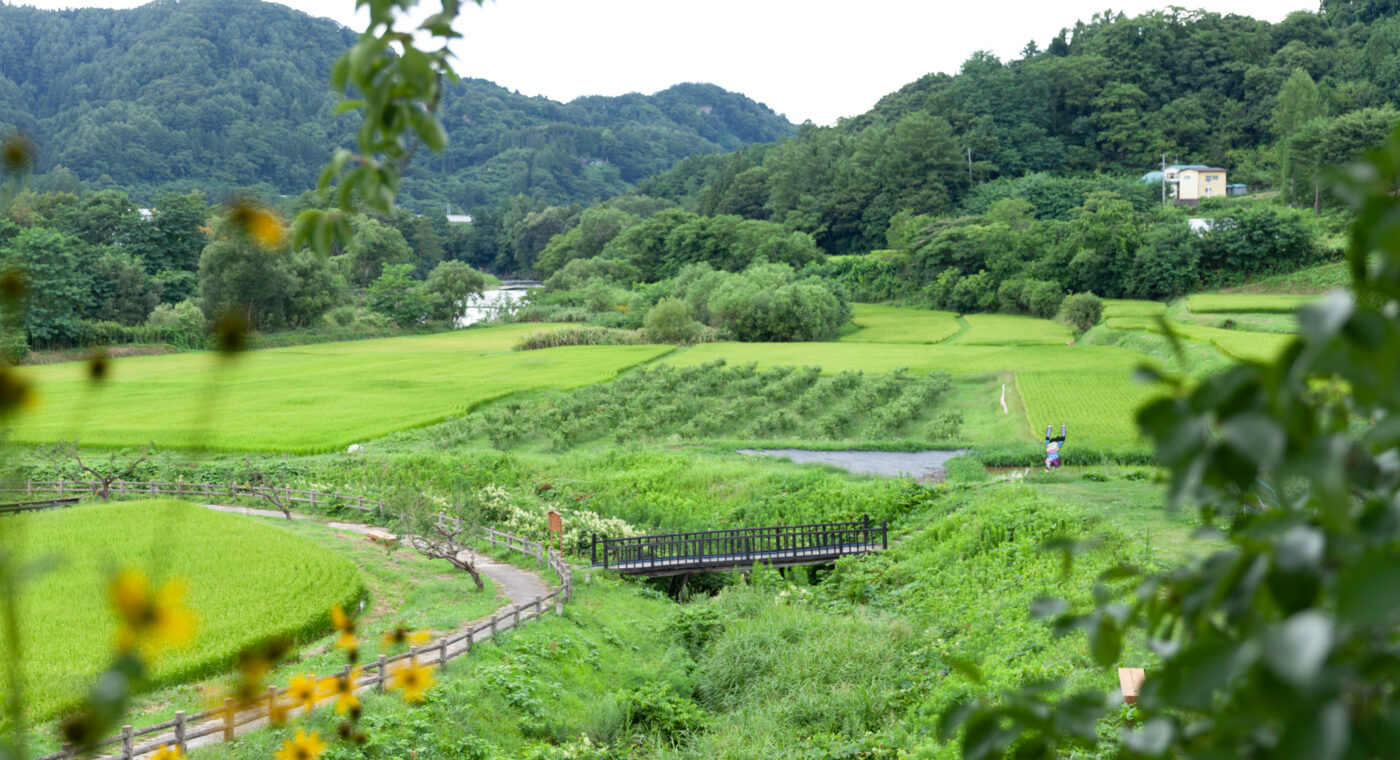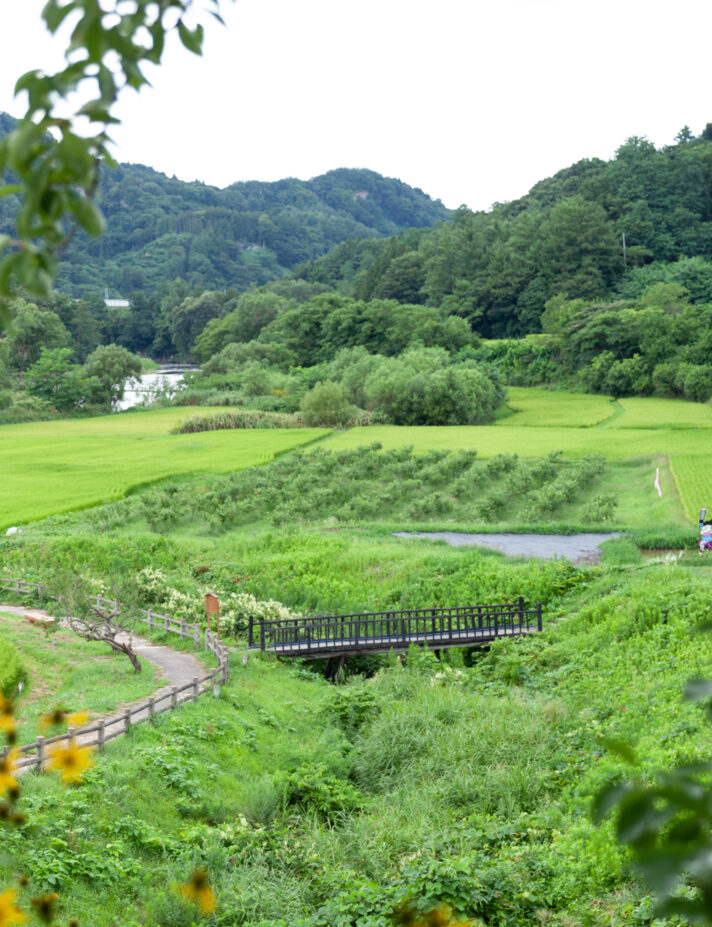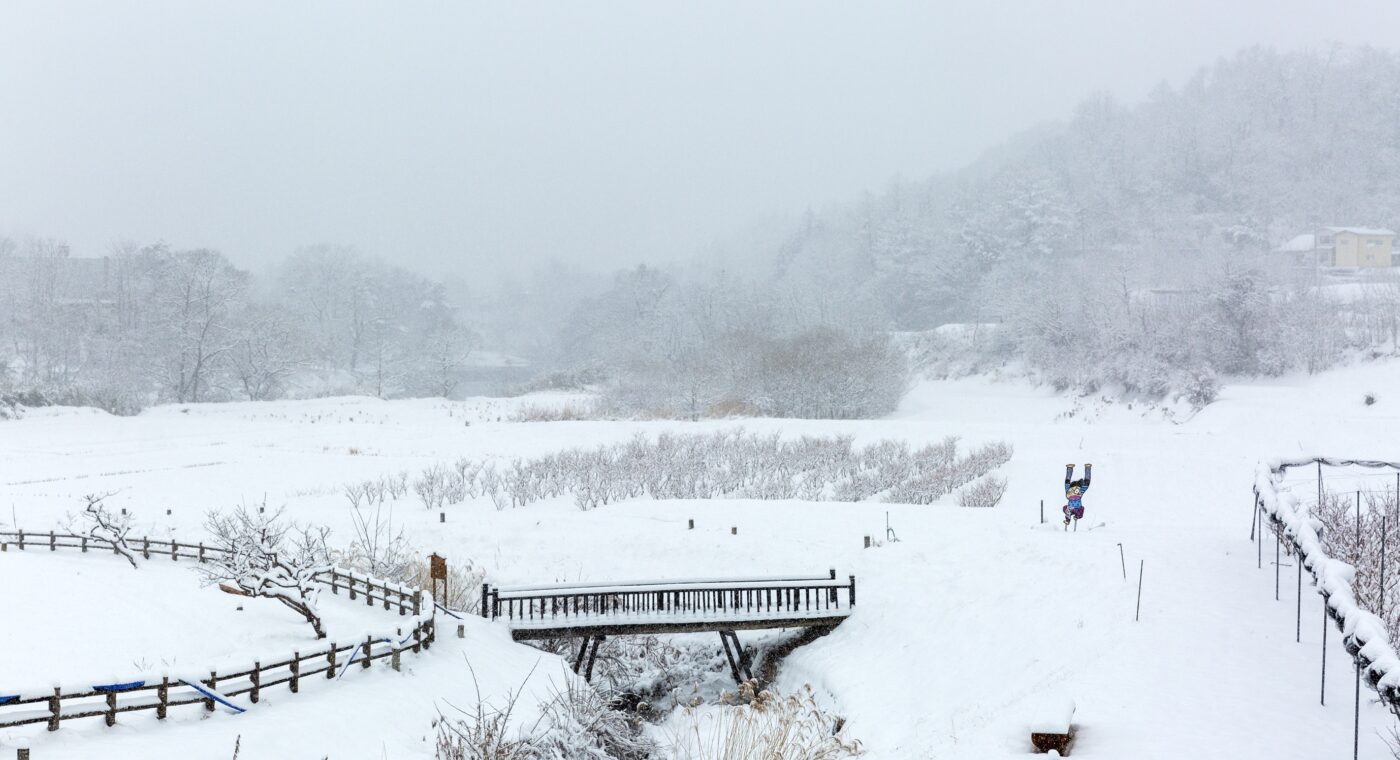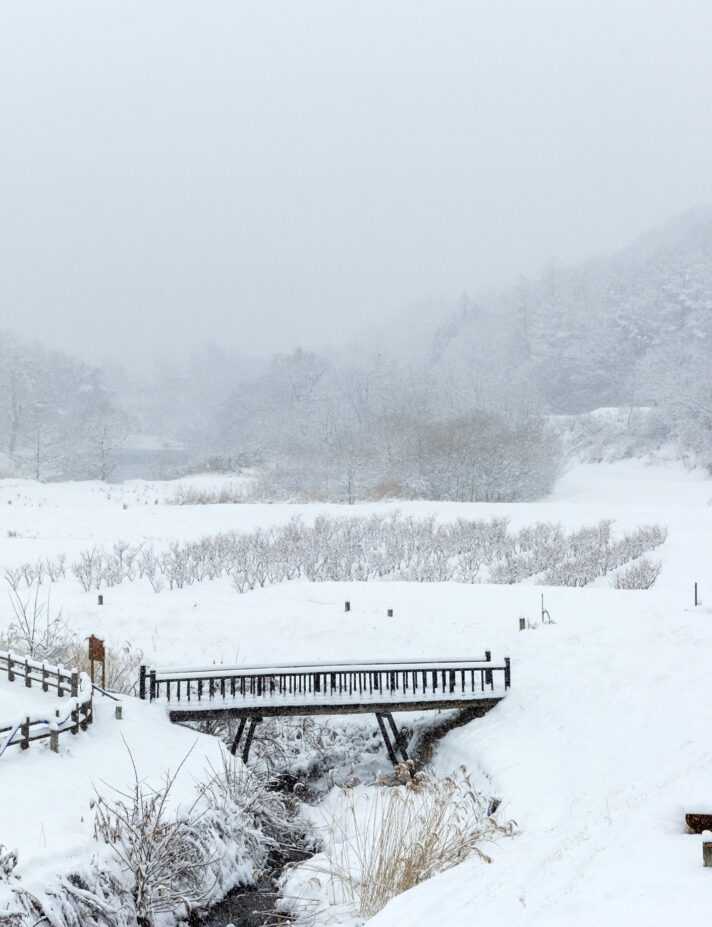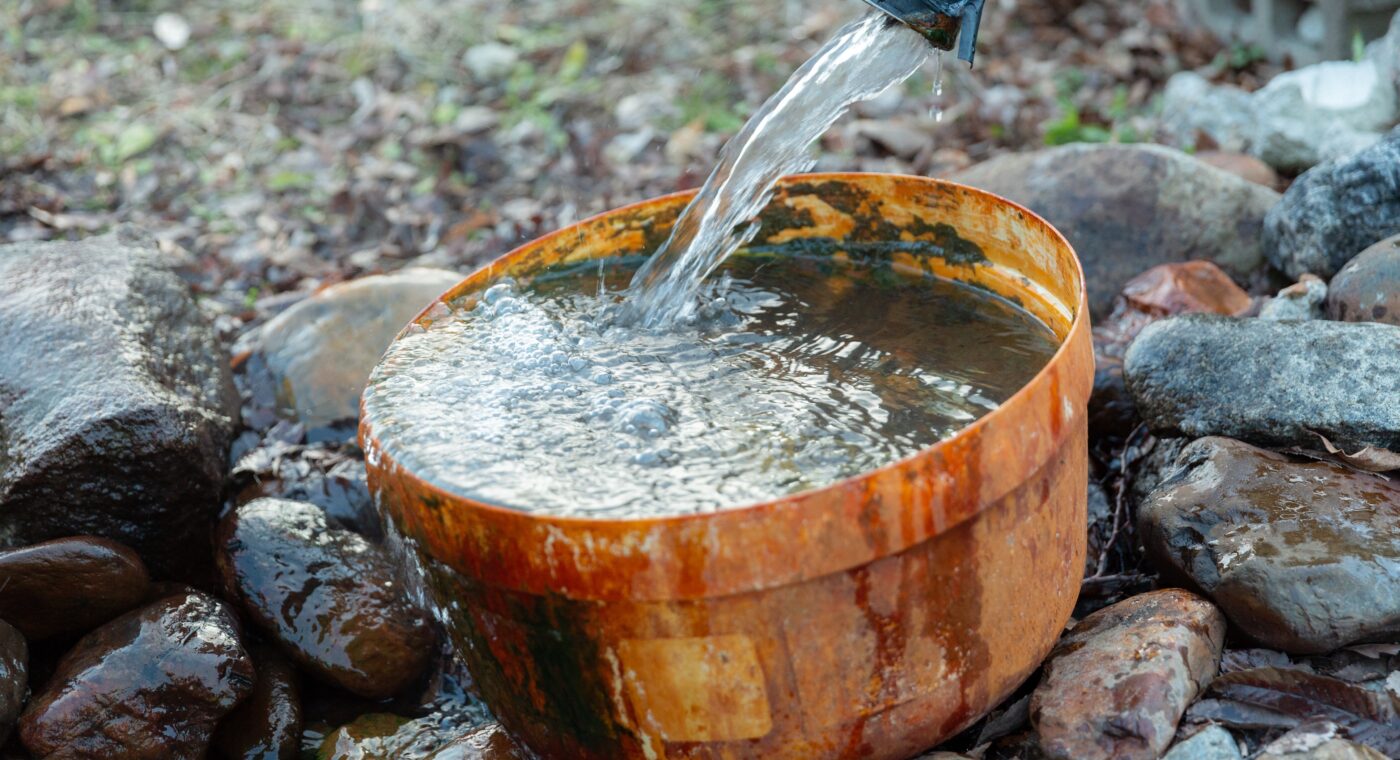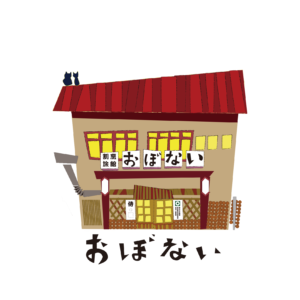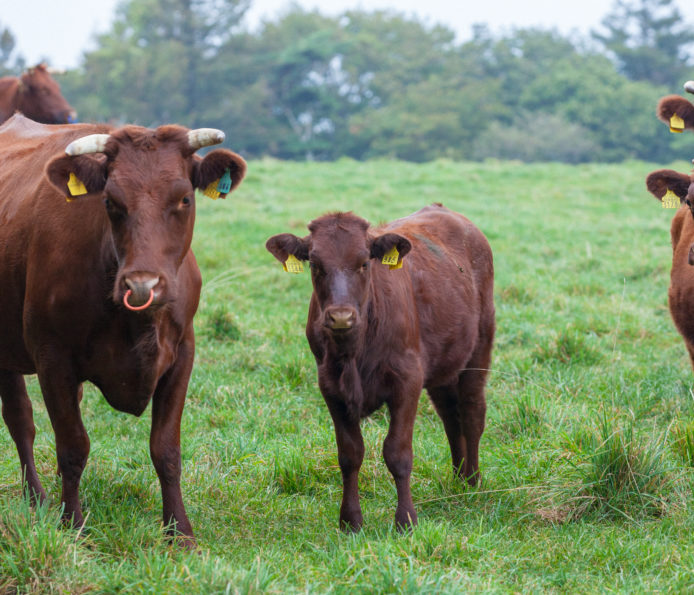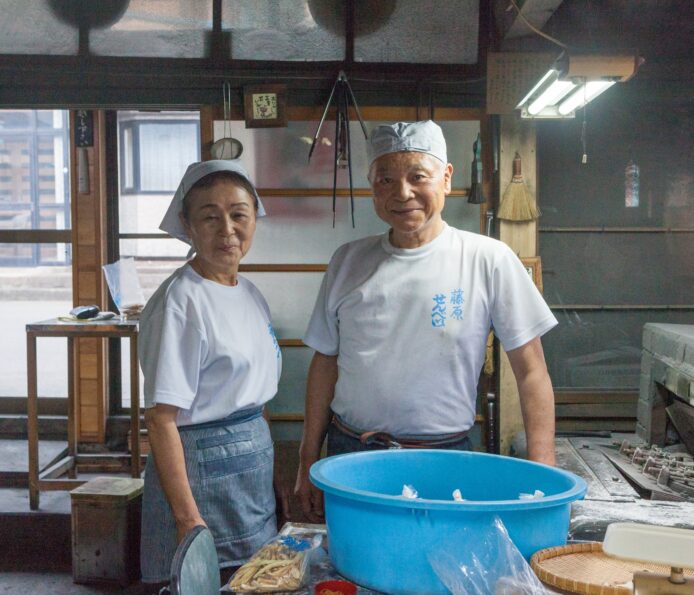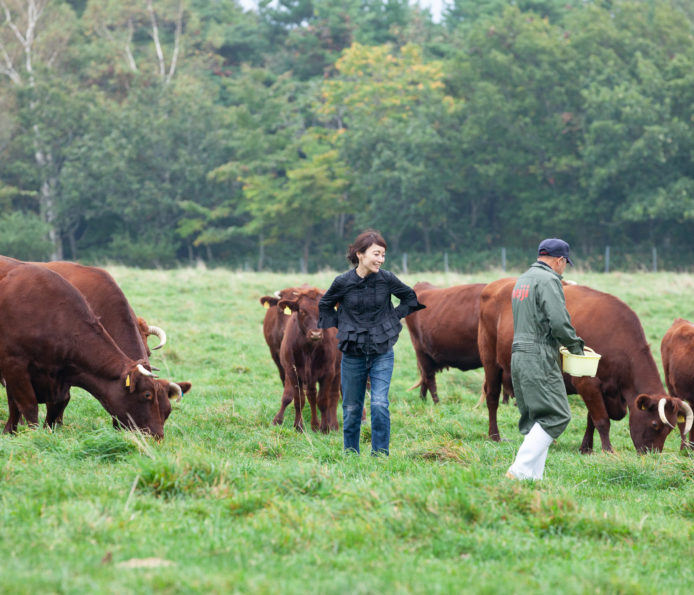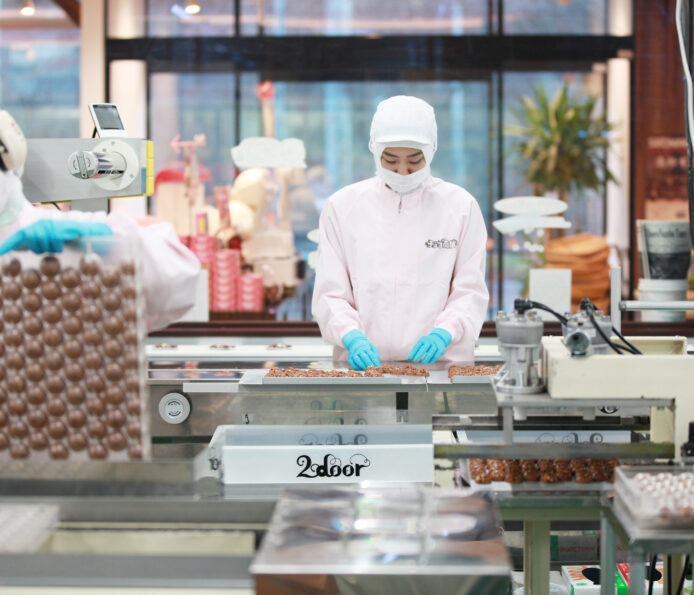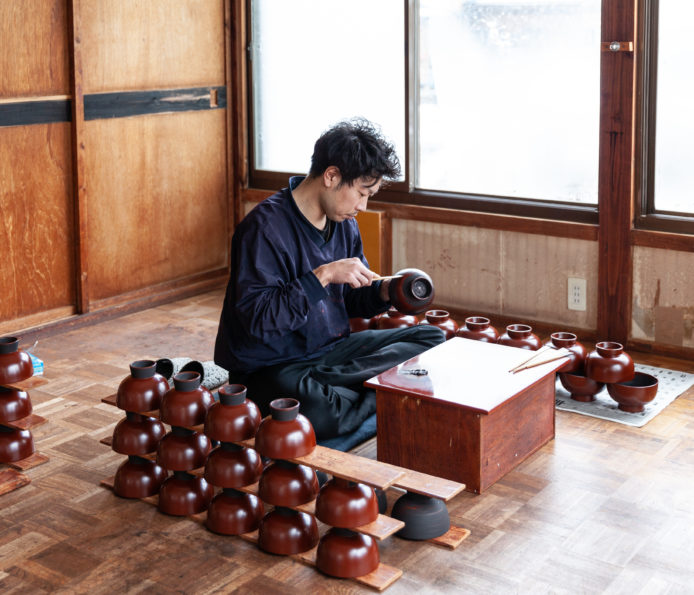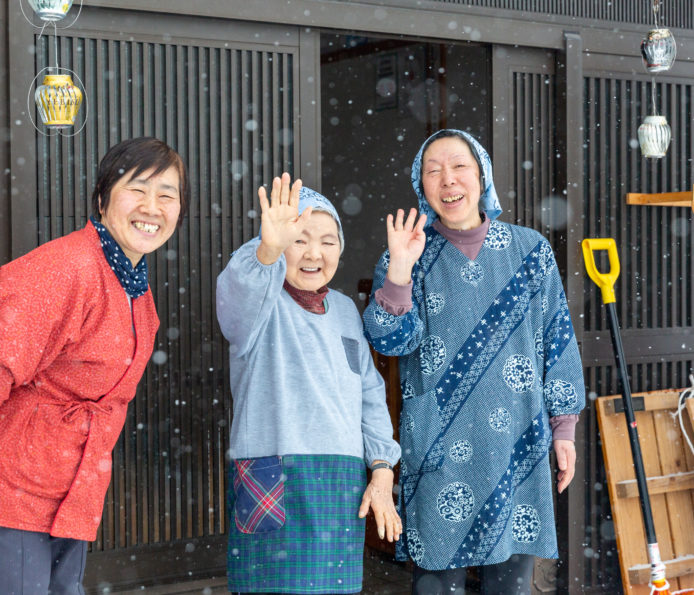Healing in the hot water of the Nanbu domain’s designated hot-spring cure
A 20-minute drive from Ninohe Station on the Tohoku Shinkansen bullet train line, away from the city center and across the Mabechi River from the national highway, brings you to Kindaichi Onsen. It was once called Yuda Onsen, which means “hot spring paddy field” in Japanese. The name came from the fact that hot water suddenly gushed from a rice field surrounded by nature one day. Its history dates back to 1626.
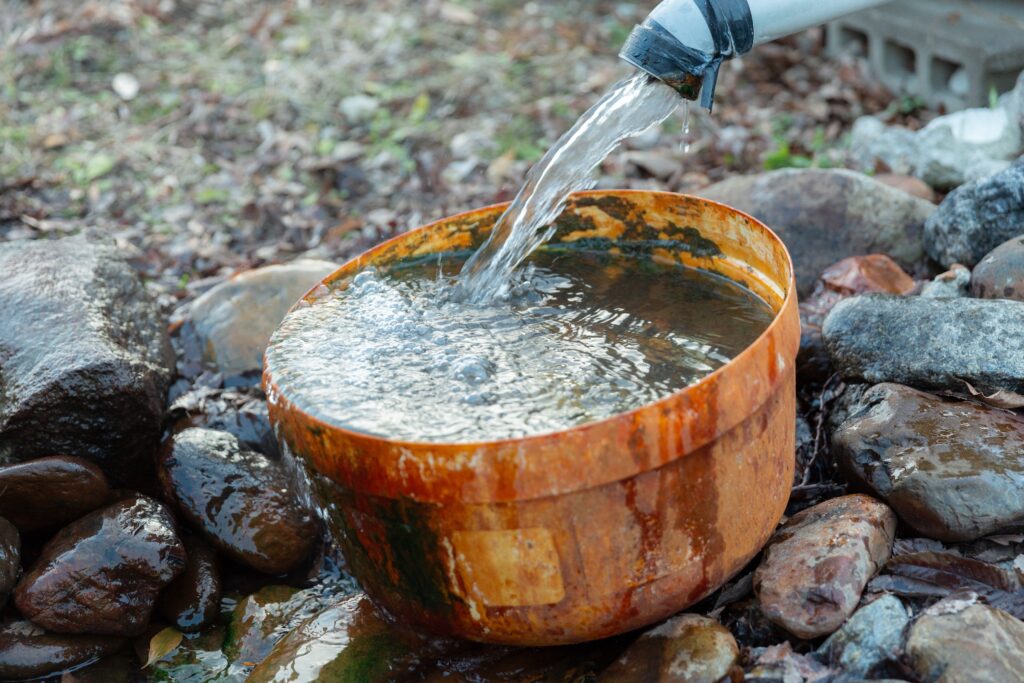
The village formed along the Mabechi River system, which meanders from north to south, in an area with little flat land between the river and the mountains. Although this is an area with inns, the people have been applying their wisdom to farming, and their lives have been based on agriculture.
All the hot springs in Kindaichi are gentle to the skin, making it easy to soak for a long time. The spring water is hypotonic and slightly alkaline, with trace amounts of natural radiation. There were originally ten springs, and four are in use today. In addition to six hot spring inns, Kadar Terrace Kindaichi, which opened in 2022 as a public-private partnership, is in operation.
“Kindaichi Onsen was a therapeutic bath designated by the Nanbu domain to heal the wounds of samurai who had been injured in battle. The temperature of the spring water was lukewarm (32-33°C), and people probably came to the hot spring to wash their wounds to heal them rather than to warm up and relax,” says Ms. Momoko Odate, the young proprietress of Samurai-no-Yu Obonai Ryokan, established in 1976. The onsen cure (hot spring cure) is a popular practice in Japan.
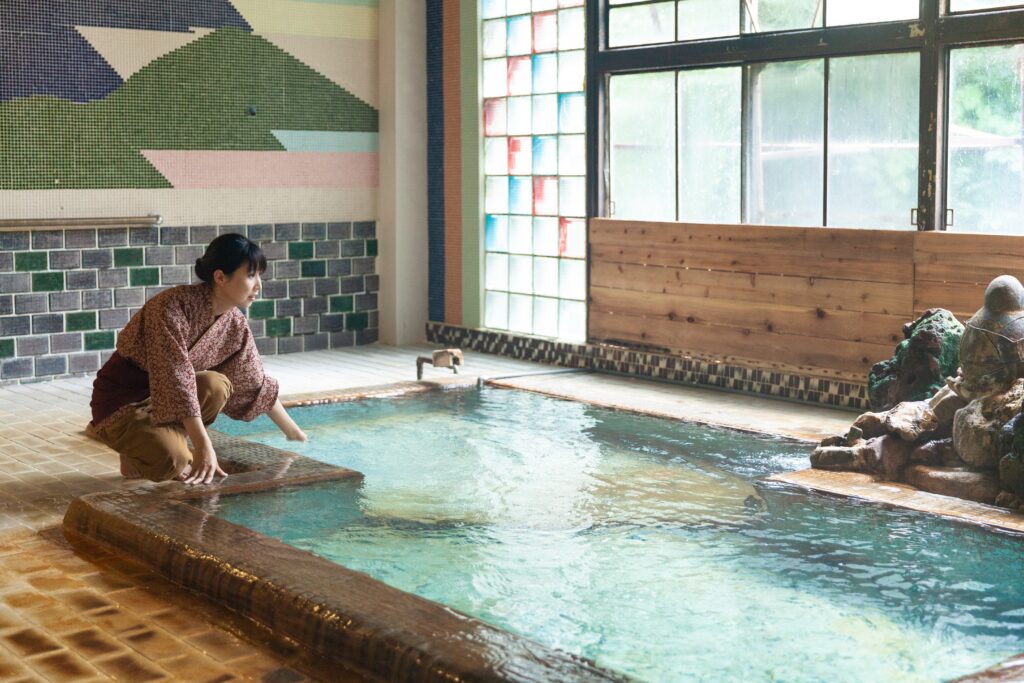
Toji (hot spring cures) were popular in the Nanbu domain. The feudal lords were also known to visit hot springs frequently, and when the samurai asked for permission to visit a hot spring for a hot-spring cure, they were always granted permission. At the time, it was suggested that visiting hot springs was more effective than seeing a doctor, and no matter which hot spring the samurai chose, the feudal lords never scolded them for going “too far away.” In such a situation, there was a year when many samurai warriors came to Yuda Onsen, which has been known as “Samurai’s Hot Spring” ever since.

Historical documents from the period of the Nanbu domain administration contain several records of the samurai warriors who visited the hot springs to cure their chronic illnesses. One of the characteristics of the hot water at Kindaichi Onsen is that visitors can get smooth skin just after a single bath. At the time, when no doctors were known to treat chronic skin diseases, it was rumored to be effective against skin ailments, and the samurai warriors began to frequent the hot spring one after another.
“When you come to Kindaichi Onsen, I would like you to drive around as you please. It is not the most convenient tourist spot, but you will feel welcomed by the ordinary scenes of nature, including the rice paddies,” says the young proprietress. In a small area suitable for strolling on foot or cycling on shared bicycles, you can enjoy the unadorned scenery of local people’s daily lives and the fields that produce a variety of crops each season.



